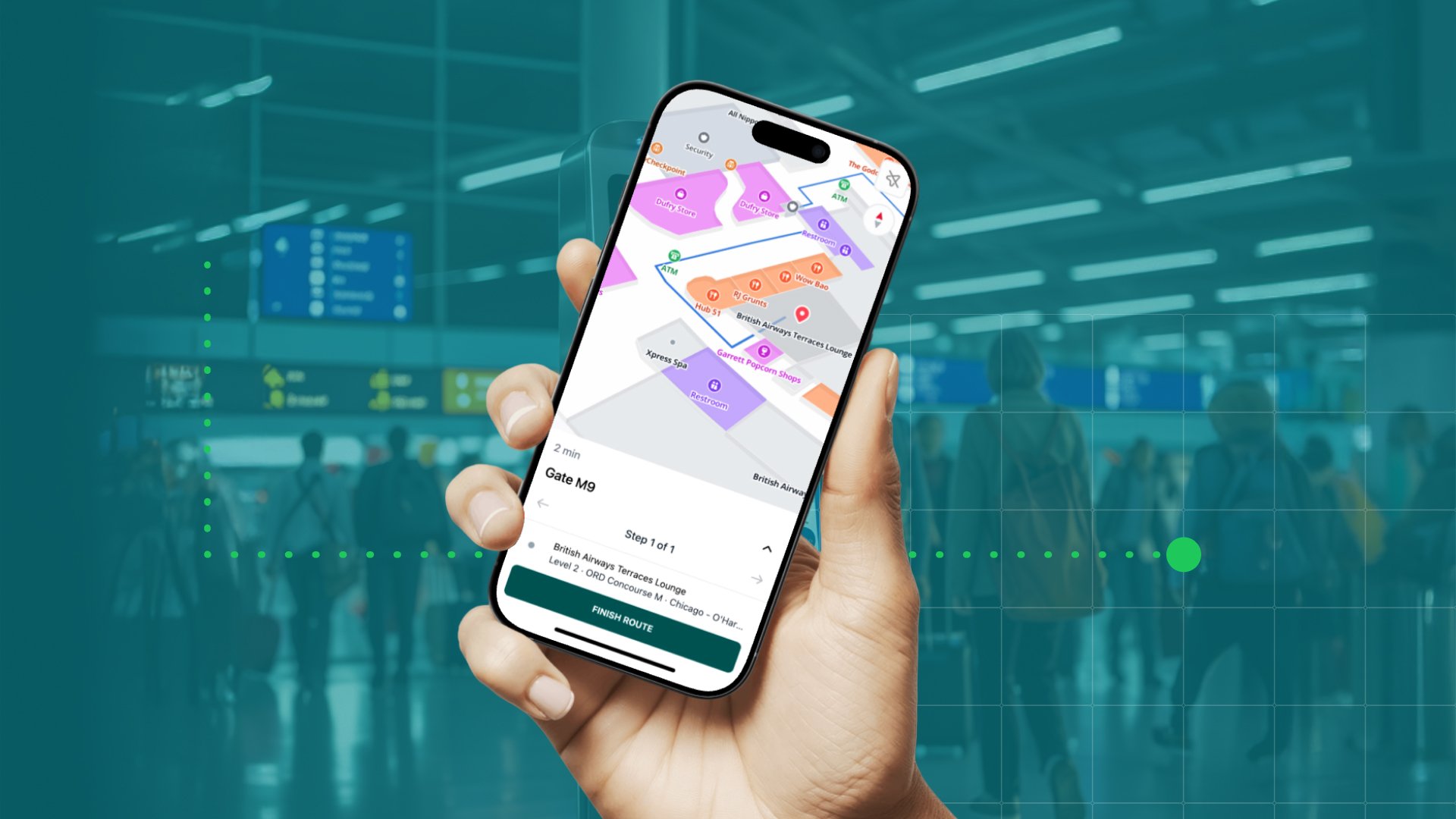In this episode of Spatial Experience Design, host Søren Vasø speaks with Jakub Otcenas, co-founder of AnyLane, to explore what makes a smart kiosk actually useful—both for shoppers and for mall operators. They dig into real-world behavior data, common pain points in navigation, and how smarter search systems can boost both experience and revenue. From search patterns and route heatmaps to category-based discovery and missed purchase opportunities, this conversation unpacks how modern kiosks are being redesigned as interactive tools—not static screens. If you're thinking about physical experience, digital wayfinding, or visitor behavior, this episode offers a sharp look at how the best systems are evolving to meet rising expectations.
Key Topics:
-
- Smart kiosk design
- Shopper behavior and self-service trends
- Category-based search vs. store-based search
- Real-time navigation and route insights
- Integrating promotions and digital signage
- Use cases across malls, airports, stadiums, and campuses
Why Smart Kiosks Matter More Than You Think
Walk into a mall and you’ll probably spot a kiosk. A big touchscreen, a mounted map, maybe a search bar. Helpful, in theory. But most of the time, those kiosks feel like an afterthought—slow to update, hard to navigate, and missing the features people actually need.
That’s a problem when two-thirds of shoppers say they prefer self-service over speaking with a person. People want answers, fast. They don’t want to wander around trying to find the right store—or give up because they couldn’t find what they came for.
It gets worse when you add this: Nearly 67% of shoppers who leave without buying say it’s because they couldn’t locate what they were looking for. That’s not a small leak—it’s a revenue drain.
Shoppers Don’t Think in Brand Names
The idea of searching by store isn’t always helpful. Shoppers walk into a mall thinking:
- “I need a jacket.”
- “I’m meeting someone at a sushi place.”
- “I want a gift under 50 bucks.”
What the Numbers Say
In one large retail environment, kiosk systems handled:
- 1.2 million interactions per year
- 270,000 active searches
- 200,000 turn-by-turn routes
- $10 million in potential revenue preserved through better navigation
That’s the kind of data that gets attention. Not just because it helps users, but because it gives mall operators a window into how people move—and where the opportunities are.
Turn Data into Direction
Think of what foot traffic patterns can reveal. If most shoppers take a certain route, should that corridor host premium tenants? If a specific location gets skipped or creates confusion, is the layout working against you?
Wayfinding data should be more than a backend metric. It’s your foundation for designing with spatial context. It helps you understand:
- Which stores get more visibility
- Where promotions should live on the map
- How routes can be shaped to drive traffic intentionally
Kiosks can also offer live updates. Running a campaign? Highlight it visually on the digital map. Want to prioritize a store? Make it pop with placement, visuals, or even time-based triggers.
Smarter Interfaces Start With Natural Language
Instead of tapping category buttons, imagine being able to say:
- “Where can I find vegan lunch options?”
- “Which stores are open after 7 p.m.?”
- “I need a last-minute wedding gift under $200.”
That’s where AI comes in. With natural language search and up-to-date data from stores, kiosks can go from static tools to intelligent guides.
Think Beyond Malls
These kinds of wins aren’t limited to shopping malls. The same principles apply in airports, campuses, stadiums, and other large venues. Anywhere that people need to get oriented quickly, or operators need insight into usage. A good kiosk system can do both.
Think of it this way:
- In a mall, it’s about finding a product, service or brand
- In a stadium, it’s about locating a ticket gate, seat or concessions
- In an airport, it’s about making your connecting flight based on real-time congestion
In each case, kiosks need to do more than show a map. They need to respond to people.
Smart Kiosks = Better Experience
A well-designed kiosk helps people get where they’re going without second-guessing. It cuts down on confusion, reduces staff interruptions, and surfaces the right information at the right moment. The benefit isn’t only speed—it’s confidence, clarity, and better use of the space itself.
For operators, that means fewer blind spots. Search patterns, missed connections, and high-traffic routes all become visible. And when you can see what’s working—and what’s not—you can make smarter calls on layout, signage, tenant mix, and support. It’s not about the screen. It’s about what it unlocks when it’s built with purpose.
From Insight to Action
A Rethinking kiosks means seeing them as part of a larger system, not standalone screens. They act as first impressions, decision points, and real-time signals about what people need the moment they enter a space. When designed with behavior in mind, they reveal friction, highlight intent, and give operators a chance to respond with purpose.
What makes a kiosk effective isn’t the latest feature set—it’s the clarity it brings to both users and teams. The best systems are shaped by smarter questions: What are people trying to do? Where are they getting stuck? How can this moment work better?
Teams focused on experience are already using behavior data to redesign layouts, improve access, and make their environments easier to navigate and more rewarding to return to. The most strategic ones are building systems to meet this momentum.
Additional Resources:
May 2, 2025



.png)